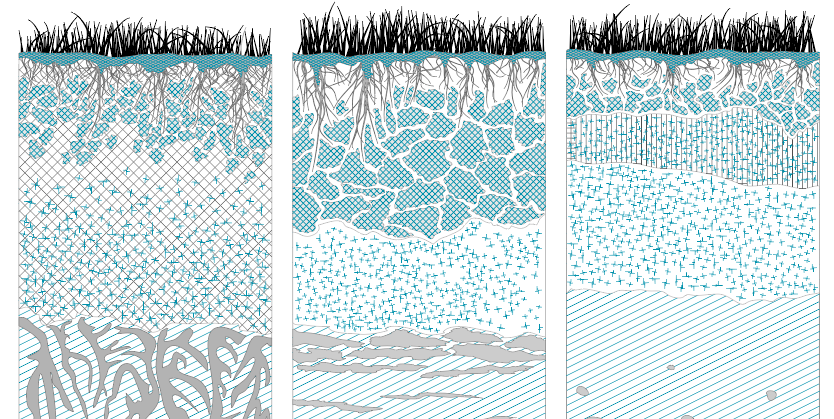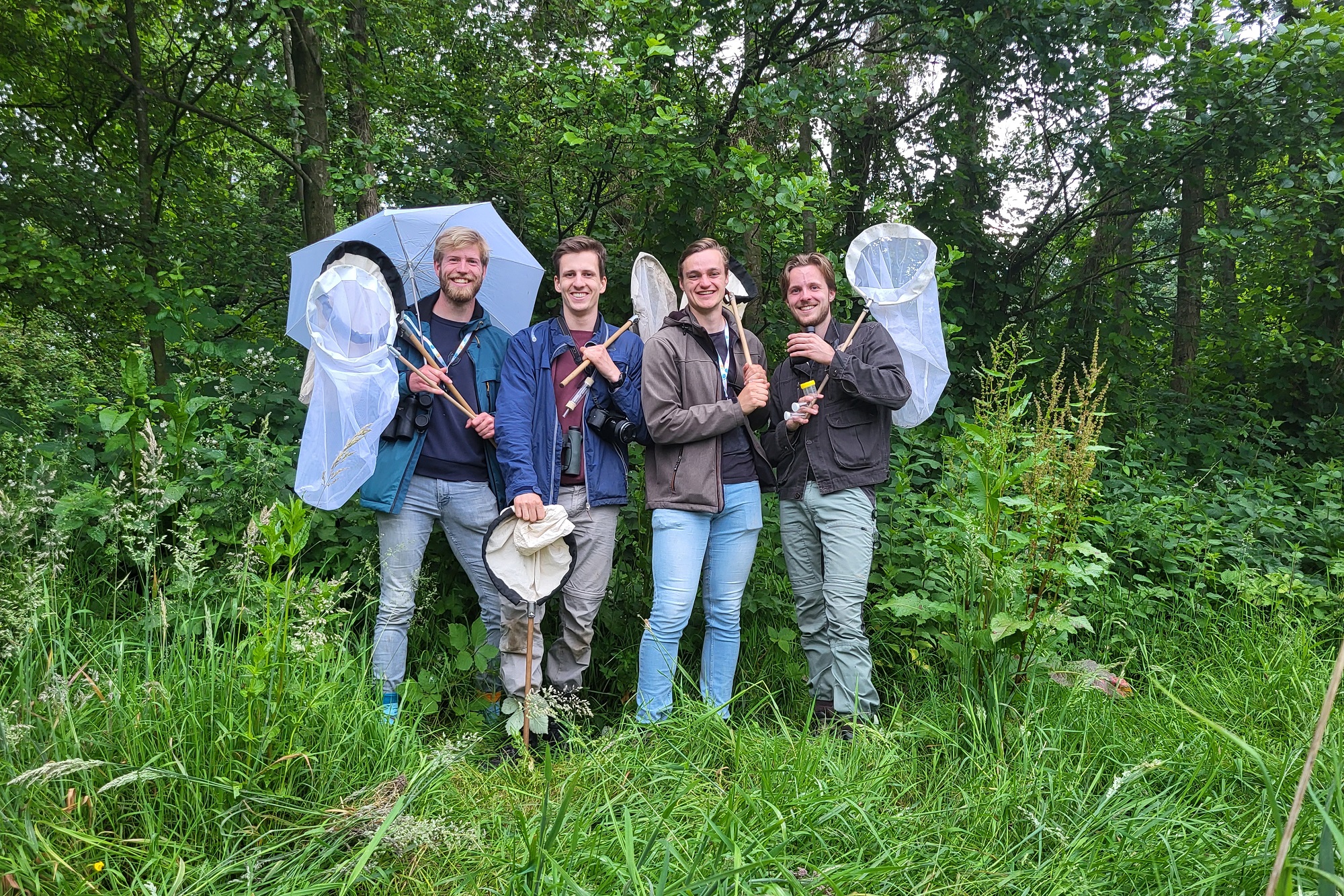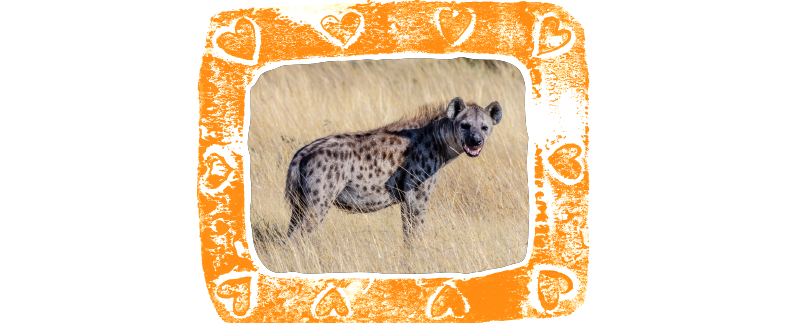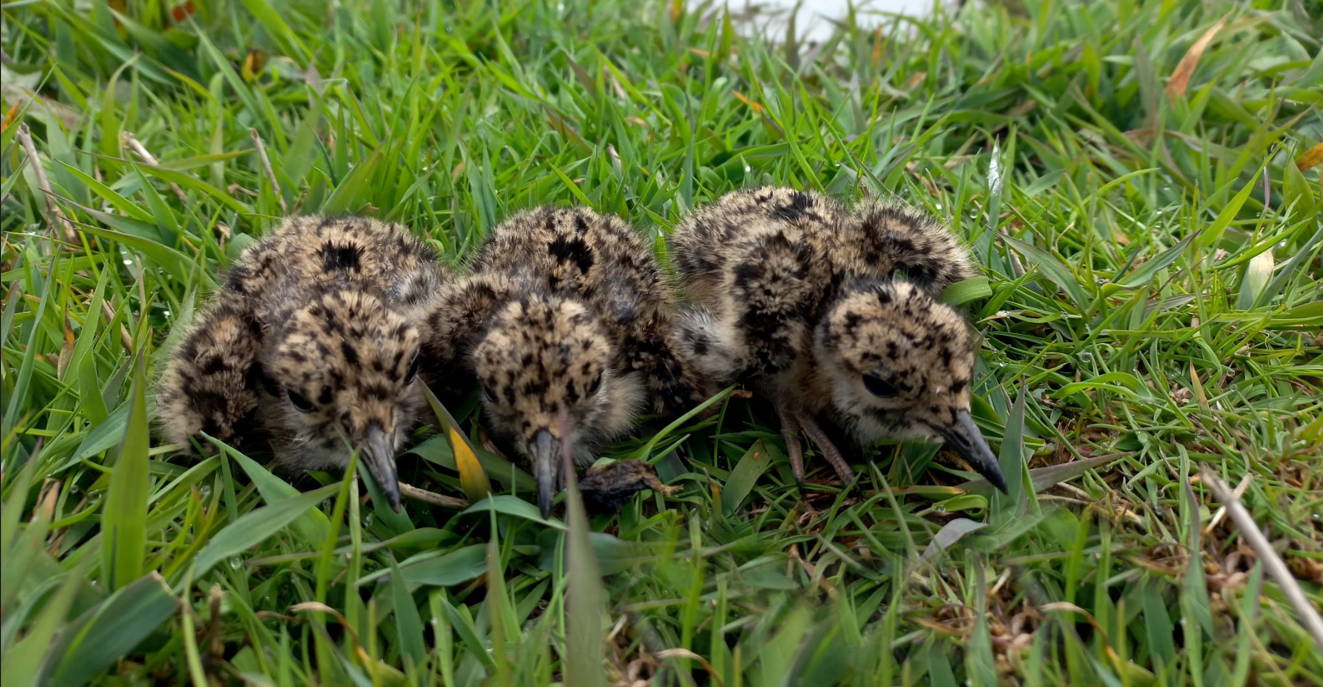Soil life takes care of key soil functions such as water purification, disease control and the carbon cycle. The new BIOSIS tool helps researchers and government bodies find the most suitable method of measuring soil quality, and is the first step towards a global dream of describing all the soils in the world. [credit]
Wherever you go in the world, the soil is always different. Yet soil scientists have always sought to assess soil quality anywhere in the world using a fixed set of methods. Rachel Creamer, professor of Soil Biology, outlines the situation she hopes to change: ‘We usually opt for a minimal-dataset approach. We use a list of only the essential measurements required for assessing soil health, and that is often a fixed list. But some methods only work in certain climates or soils. So people develop their own methods.’
Creamer and her colleagues decided to design a tool with which researchers could select methods of measuring soil quality, drawing from a list of 195 validated methods of measuring soil life and 98 methods of measuring processes.
Soil biology
In a previous project, Creamer developed the Soil Navigator tool, with which farmers could select simple, tried and tested methods for finding out how healthy their soils were. But the tool was too one-sided, says Creamer: ‘It didn’t measure the soil biology. Methods that do that are expensive and produce results that are hard to interpret.’
The newly developed BIOSIS tool is for researchers and government bodies, and does include soil biota such as earthworms and bacteria. It builds on a new framework that Creamer published together with the tool, which provides an overview of the links between soil functions and soil biota. The framework includes four soil functions: carbon and climate regulation, water regulation and purification, the nutrient cycle, and disease and pest control.
‘The framework is based on the idea that all soil biota groups are important and that they usually support multiple functions in the soil. Bacteria, fungi and archaea are truly multi-functional in their role, supporting all four soil functions.’ Besides providing an overview of the methods and facilitating soil research and monitoring, Creamer hopes the tool will help raise awareness of the importance of soil life to how the soil functions.
The BIOSIS tool can also update the measurements currently used in soil monitoring. For instance, a simple, cost-effective method is in use that measures the number of bacteria in microbial biomass. But the method is outdated and not very informative. ‘The science has developed tremendously since microbial biomass measurement was thought up about 30 years ago,’ says Creamer. ‘Now we know which microbes are responsible for decomposition, denitrification, etc. All that information is lost in the microbial biomass method, yet it is still recommended in many minimal-dataset monitoring systems.’
Three steps
Scientists can use the tool for research, and the agricultural sector can use it for monitoring programmes. The most suitable methods are selected in three steps. First, the user states which soil functions they want to research. The tool then identifies which soil biota are most important for this function. The second step is to check if these soil bacteria are relevant to the land use in question (arable farming, grassland or forestry). At the moment the tool works for arable and grassland systems; plans to expand it to forestry are underway.
The new tool looks at soil life as well
The third and final step is the logistical criteria: the user can use filters to fine-tune the method to suit their needs. Creamer: ‘They can indicate that they only want to measure once every five years, or that they have a limited budget or laboratory facilities.’
Free and accessible
Creamer has big plans for the future. ‘I would like to make a list of standard methodologies (standard operating procedures or SOPs, ed.) and make them available on the website, so that people can access them from anywhere in the world. They should be free and in the public domain, but we need to make sure they are peer-reviewed and up to date.’
Finally, she would like to help users with interpreting their results. ‘Anyone can use these methods and offer them for analysis. But when the results come in, what do they mean? Data from biological analyses are incredibly complex.’
Her biggest dream: ‘To give meaning to the results, we need soil samples from a great many locations. My long-term ambition is to establish uniform and consistent global benchmarks for a whole series of methods. We’ve already written a proposal for doing that in Europe, but the dream is to do it worldwide. Publishing the tool and framework is a start. Now we can open doors.’

 Illustratie Shutterstock
Illustratie Shutterstock 

